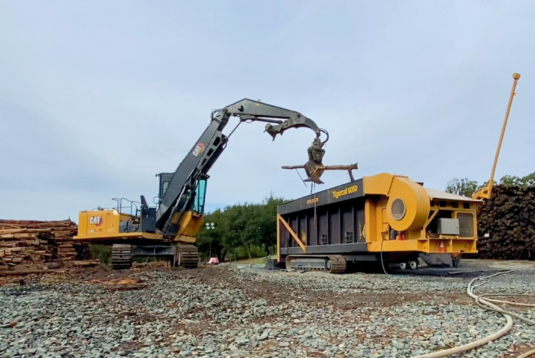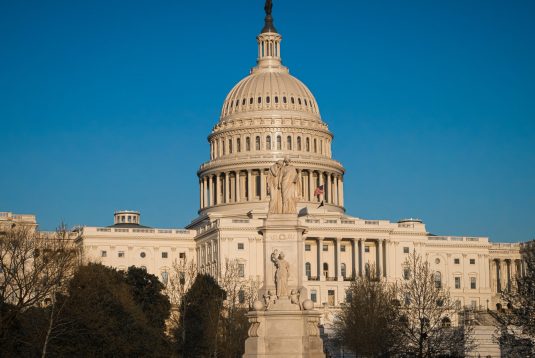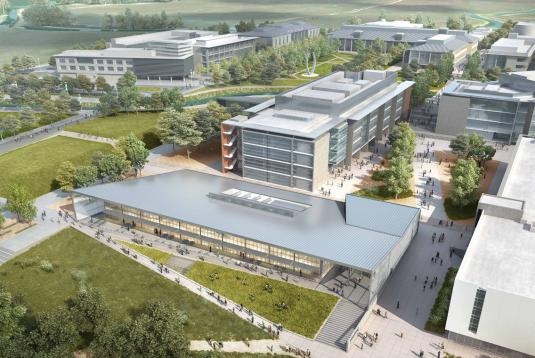
At a time when public finances are severely constrained but demand for improved infrastructure is growing, public-private partnerships (P3) offer an attractive alternative for financing and operating California infrastructure. While P3 methods won’t be appropriate for all projects, and clear rules and supervision are necessary, they have been extensively and successfully used by a variety of other jurisdictions in the U.S. and around the world.






